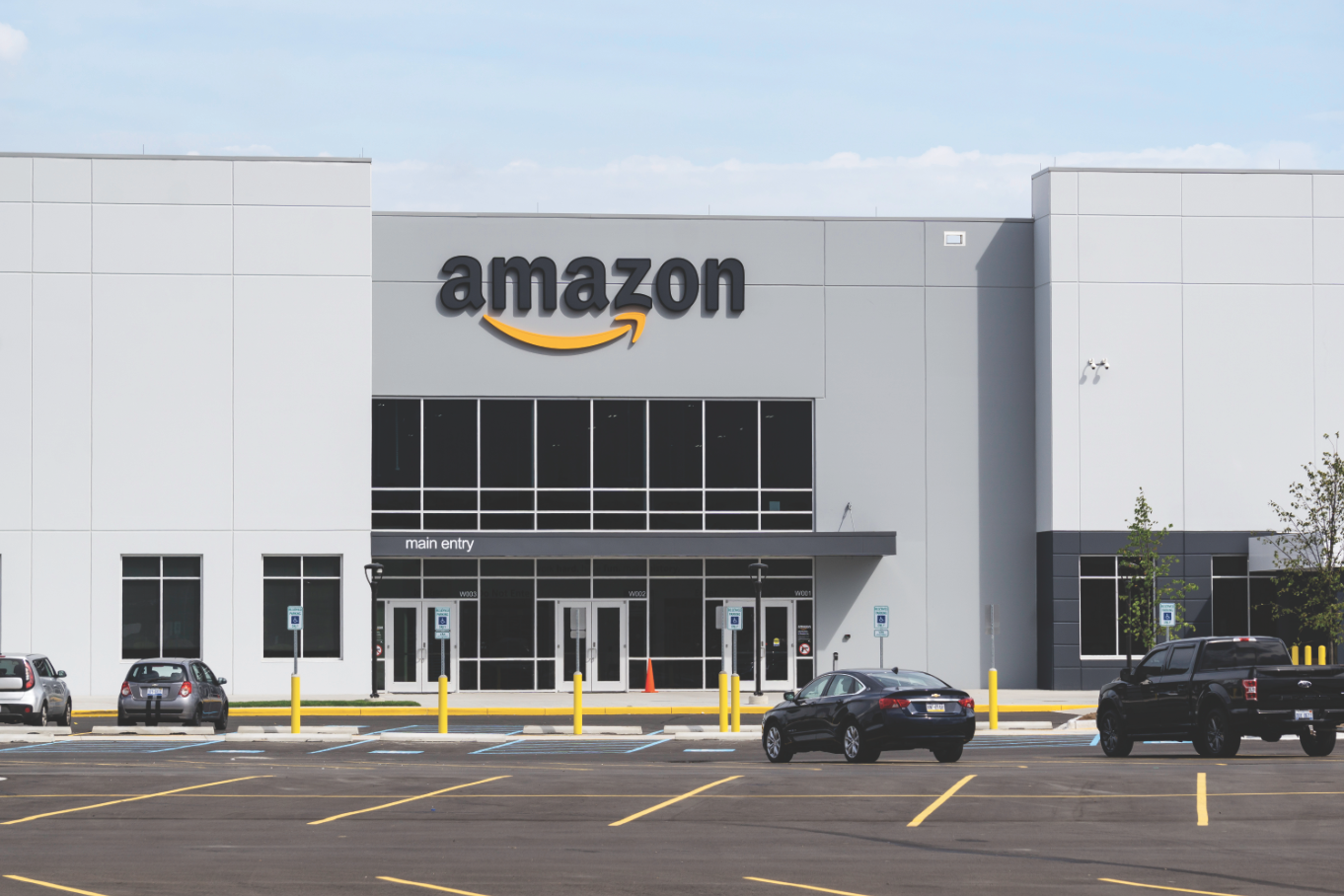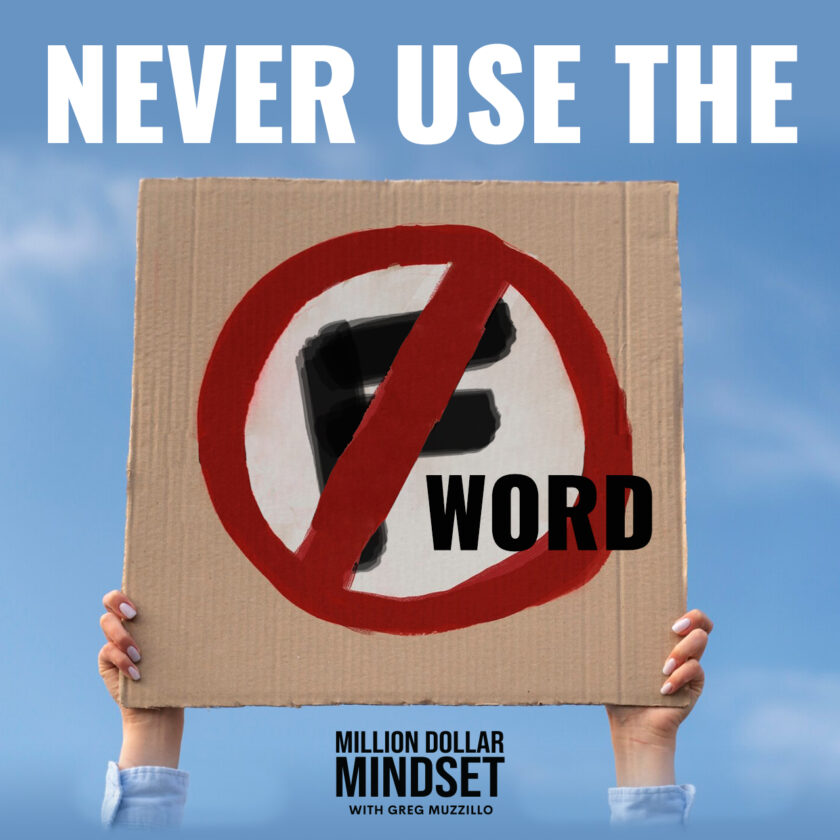Love it or hate it, there is no denying the influence Amazon has had on our shifting economic landscape. Amazon has steamrolled e-commerce and brick-and-mortar companies alike, has shifted the customer shopping experience to expect everything cheaper and faster, and is slowly but surely eliminating the need for human contact in everyday transactions.
Not even a high-touch and highly creative industry like promotional products is immune to the “Amazon Effect,” as many buyers of branded merchandise expect a similar purchasing experience and features like 48-hour delivery and free returns/exchanges from their distributors. These new expectations have many distributors rushing towards an e-commerce model to meet buyer expectations—but before you completely throw out the traditional relationship-based model, let’s discuss.
Why technology is so important
Technology is important. Period. If you are still advertising in the yellow pages, faxing proofs or relying on a filing cabinet to store paper catalogs and track your orders, you might be in trouble. We have to give companies like Amazon credit for lighting a fire under our industry, because we have come a long way in the last 10 years. Technology has helped our industry’s vendors and distributors automate the ordering process, modernize invoicing and shipping logistics, integrate with client procurement software and more. The promotional products industry inherently has complexities that come with custom decorated goods, so streamlining the buying process has helped us continue to grow.
Technology has also given us a way to communicate services to a wider audience. Where you once needed sales reps who were geographically close to your buyers to do business with them, things like interactive websites, chat tools, screen sharing, video conferencing, smartphones and even email have allowed us to service accounts across the country and around the globe. The way we communicate has changed significantly thanks to these technological enhancements.
Tech has also enhanced and improved the way we decorate goods. Automation software can significantly reduce inefficiencies and production times for manufacturers and decorators, so what once took two to three weeks to produce can now be produced and shipped within 24 to 48 hours. The emergence of digital imprint methods is a game-changer as well. Buyers now have access to four-color process, made-to-order goods in lower quantities, and quicker turn times at much lower costs than were previously available. Freight carriers have found efficiencies via workflow and automation technologies that have increased their speed and delivery times, helping clients receive their orders even faster.
Thinking about technology as only an e-commerce play is, frankly, short-sighted. If you think Amazon’s success has only been about its e-commerce platform, you’re missing the big picture. Amazon has also been a leader in automation, logistics, manufacturing, fulfillment models, supply chain and targeted marketing, all with the help of non-e-commerce related technologies. We can all learn how to support a growing business through technology from Amazon. Advancements in our industry have pushed creativity and customization to new levels, and have given buyers more options and flexibility in their branding.
Due to the Amazon Effect, buyers can more easily access and purchase promotional products in a way that saves them time and money—and that’s a good thing! Let’s all agree to put a big plus sign in the technology box. But does that mean that our relationships with our clients are no longer a leading factor in the buying process?

Why technology will never replace relationships
While promotional e-commerce platforms have helped give our industry an edge and may appeal to buyers looking for the Amazon experience, technology will never completely replace our industry’s relationship-based model. When buyers are spending large sums of corporate dollars on orders, and their jobs may be on the line, they will always want to speak to a real person and have a creative expert by their side guiding them through the process.
Ordering thousands of dollars worth of commodities, like office supplies, is one thing, but ordering custom branded goods is an entirely different beast—and a scary one at that. You can easily return and/or replace commodities when a simple ordering error is made, but returning thousands of dollars of merchandise that has been custom printed with your art or logo is something entirely different. Buyers want the safety net of having a promotional products expert on their team. After all, one wrong click could have costly consequences.
And what about creativity and products custom designed from the ground up? E-commerce platforms are designed to sell a product to the masses without human involvement. But the human part is where creativity thrives. E-commerce platforms want you to select your product, color and size and upload your logo, and that generally is where online customization ends.
Dedicated and creative experts, on the other hand, can offer expertise, suggest creative solutions that weren’t even on a buyer’s radar, and help execute completely custom-tailored campaigns and programs that may tie in with other marketing media. By purchasing only from an e-commerce site, buyers miss out on innovative product advancements like 3-D printing, custom molds, augmented reality, NFC and so much more.
Our innovative vendors release new, creative products every day. Who knows those products better than any e-commerce site? Those who have dedicated their careers working in our industry, who have put in the time and effort to stay up to date on trends and build relationships with vendors they know and trust to really understand their clients’ brand guidelines, pain points and goals.
Promotional products are truly at their most effective when clients and sales reps can talk through what they are trying to achieve and work together to find creative branded solutions that meet their organizational goals. This is where the relationship model has traditional e-commerce beat every time.
So, what’s the takeaway?
Technology is important, but it’s certainly not everything—and it’s definitely not just e-commerce. Ideally, you want the best people armed with a suite of tools to support buyers, even if many of those tools work behind the scenes for a positive user experience and the buyer never actually interfaces with them.
Technology should be utilized to support the relationship model through workflow enhancements, quoting and sourcing tools, order processing efficiencies, creative decorating techniques, vendor integrations, purchase order requisition and payment process automation (punchout integration), and e-commerce web stores for routine orders and reorders.
Leveraging technology in this way will free up your most valued asset—your people—to do what they do best: deliver the most creative and effective products and campaigns. The truth is that you need both the people and the well-rounded platform (which may include e-commerce, but isn’t only e-commerce) to truly succeed in this industry. That’s the bottom line.



